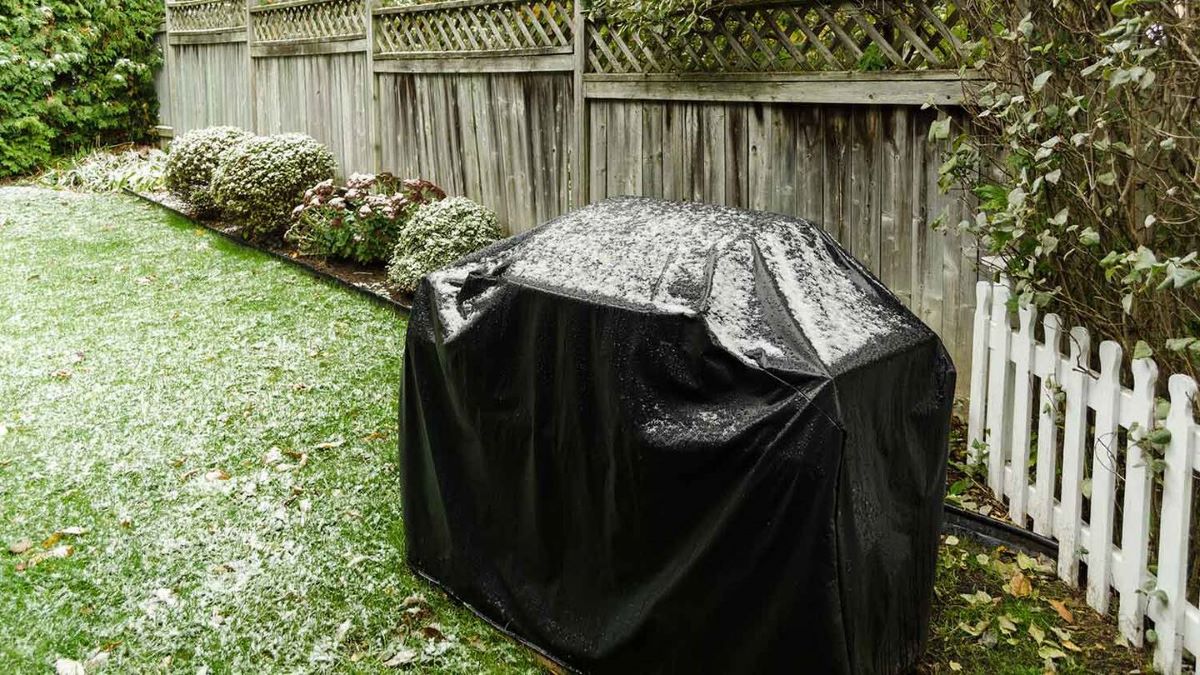

Articles
How To Store A Grill Outside
Modified: January 5, 2024
Learn the best way to store your grill outside with our helpful articles. Keep your grill protected and ready to use for the next BBQ season.
(Many of the links in this article redirect to a specific reviewed product. Your purchase of these products through affiliate links helps to generate commission for Storables.com, at no extra cost. Learn more)
Introduction
Welcome to the comprehensive guide on how to store a grill outside. If you’re a grill enthusiast or have recently invested in a shiny new grill that you want to take care of, you’ve come to the right place. Properly storing your grill when it’s not in use is essential to ensure its longevity and protect it from the elements.
When it comes to storing a grill outside, there are several factors to consider, including the location, cleaning and preparation, applying a protective coating, covering the grill, securing it to prevent theft or damage, and performing regular maintenance and inspections. By following the steps outlined in this article, you can ensure that your grill stays in prime condition no matter the weather.
Now, let’s dive into the details and learn how to store your grill outside effectively.
Key Takeaways:
- Properly storing your grill outside involves choosing the right location, thorough cleaning, applying a protective coating, and securing it to prevent theft. Regular maintenance and inspection are crucial for ensuring its longevity.
- By following the steps outlined in this guide, you can effectively protect your grill from the elements, prevent rust and corrosion, and minimize the risk of theft or damage. Choosing a suitable location, thorough cleaning, and regular maintenance are key to keeping your grill in prime condition.
Read more: How To Store Grill Tools Outside
Choosing the Right Location
When it comes to storing your grill outside, selecting the right location is crucial. You want to find a spot that provides adequate protection from the elements while still allowing for proper airflow. Here are some factors to consider when choosing the right location:
- Shelter: Look for a spot that offers some form of shelter, such as a covered patio, a shed, or a gazebo. This will help protect your grill from direct exposure to rain, snow, and harsh sunlight, which can cause damage over time.
- Level Ground: Ensure that the ground is level and stable. A flat surface will prevent your grill from tipping over and will make it easier to secure in place.
- Proximity to Flammable Materials: Keep your grill a safe distance away from flammable objects like trees, shrubs, and wooden structures. This will reduce the risk of accidents and ensure your grill’s safety.
- Ventilation: Make sure there is proper ventilation around the grill. This will help prevent the buildup of heat, smoke, and gases that can potentially damage the grill or pose a safety hazard.
- Accessibility: Choose a location that is easily accessible for both storage and when you’re ready to use the grill again. Ensure that there is enough space around the grill to comfortably maneuver and work with it.
By carefully selecting the right location for your grill, you can provide an optimal environment for its storage and minimize the risk of damage caused by exposure to the elements.
Cleaning and Preparing the Grill
Before you store your grill outside, it is important to give it a thorough cleaning to remove any built-up grease, residue, or food particles. Here’s a step-by-step guide to help you clean and prepare your grill:
- Remove Grates and Drip Trays: Take out the grates and drip trays from the grill. Scrub them with a grill brush and warm soapy water to remove any debris or grease. Rinse thoroughly and let them air dry.
- Clean the Interior: Use a stiff brush or scraper to remove any leftover food particles or residue from the grill’s interior surfaces. Avoid using abrasive cleaners that can damage the grill’s finish.
- Wash the Exterior: Wipe down the exterior of the grill with a cloth or sponge soaked in warm soapy water. Pay special attention to any greasy or dirty areas. Rinse off and let it dry completely.
- Check Gas Connections: If you have a gas grill, inspect the gas lines and connections for any leaks or damage. Make sure all connections are secure and tight.
- Empty and Clean the Grease Tray: Remove the grease tray and dispose of any leftover grease. Wash the tray with warm soapy water to remove any residue. Dry it thoroughly before placing it back in the grill.
Once you have thoroughly cleaned your grill, it’s time to prepare it for storage:
- Inspect for Damage: Take a few moments to inspect the grill for any signs of damage or wear. Check for loose or worn-out parts that may need replacement.
- Lubricate Moving Parts: Apply a light coat of cooking oil or lubricant to the grill’s moving parts, such as hinges, handles, and knobs. This will help prevent rust and keep the parts working smoothly.
- Remove Propane Tank: If you have a gas grill, detach and store the propane tank in a well-ventilated area away from direct sunlight or heat sources. Follow the manufacturer’s guidelines for safe storage of propane tanks.
By properly cleaning and preparing your grill, you can remove any grime or residue that can attract pests or cause damage during storage. This will also ensure that your grill is ready to use when you take it out again.
Applying a Protective Coating
One of the key steps in storing a grill outside is applying a protective coating to help prevent rust and corrosion. Here’s how you can apply a protective coating to your grill:
- Choose the Right Coating: Select a high-quality grill cover, grill spray, or grill wax designed specifically for protecting outdoor grills. Look for products that offer resistance against moisture, UV rays, and other elements.
- Clean and Dry the Grill: Before applying the protective coating, ensure that the grill is clean and completely dry. Any moisture left on the surface can trap and accelerate rust formation.
- Read the Instructions: Carefully read and follow the manufacturer’s instructions on how to apply the protective coating. Some products may require spraying onto the grill, while others may need to be wiped on with a cloth.
- Apply Evenly: Use a soft cloth, brush, or spray bottle to evenly apply the protective coating over the entire surface of the grill. Pay special attention to areas prone to rust, such as hinges, bolts, and joints.
- Allow Drying Time: Give the protective coating enough time to dry and cure. This will allow it to form a protective barrier against moisture and other elements, ensuring the grill’s longevity.
Applying a protective coating to your grill will help to safeguard it from rust, corrosion, and other types of damage that can occur when exposed to outdoor conditions. Regularly inspect the coating and reapply as needed to ensure optimal protection.
To store a grill outside, invest in a high-quality grill cover to protect it from the elements. Make sure to clean and dry the grill thoroughly before covering it to prevent rust and corrosion. Additionally, consider placing the grill in a sheltered area to further protect it from harsh weather.
Covering the Grill
Covering your grill is an essential step in protecting it from dirt, debris, and the elements. Here are some important tips for covering your grill effectively:
- Choose a High-Quality Grill Cover: Invest in a durable and waterproof grill cover that is specifically designed to fit your grill’s size and shape. Look for covers made from heavy-duty materials like polyester or vinyl for maximum protection.
- Ensure Proper Fit: Make sure the grill cover fits snugly over your grill, covering it entirely. A well-fitted cover will prevent moisture, dust, and insects from getting inside.
- Clean and Dry the Grill: Before covering the grill, ensure that it is clean and dry. Any moisture or leftover food particles can lead to mold or corrosion, even with a cover on.
- Secure the Cover: Use straps, Velcro fasteners, or drawstrings to secure the cover tightly around the grill. This will prevent it from blowing off during strong winds or storms.
- Elevate the Grill: Place a couple of bricks or a grill stand under the grill to elevate it slightly. This will create airflow underneath and help prevent the formation of condensation, which can lead to rust.
- Consider Additional Protection: If you live in an area with extreme weather conditions, you may want to add extra layers of protection. For example, you can use a waterproof tarp underneath the grill cover to provide an additional barrier against rain or snow.
By covering your grill properly, you can protect it from dust, moisture, and other elements that can cause damage or deterioration. Remember to regularly inspect the cover for any signs of wear or damage and replace it if necessary to ensure continuous protection for your grill.
Read more: How To Store Canoe Outside
Securing the Grill
Securing your grill is important to prevent theft and ensure its safety during storage. Here are a few tips on how to properly secure your grill:
- Locks and Chains: Consider investing in a sturdy lock and chain to deter potential thieves. Secure the grill by attaching the chain through a secure anchor point and around the grill, making it more difficult to be carried away.
- Anchor the Grill: If possible, anchor the grill to a fixed structure or the ground using anchor bolts or straps. This will make it even more difficult for anyone to move or steal your grill.
- Security Cameras and Lighting: Install security cameras or motion-sensor lights around the area where the grill is stored. This added security measure can deter theft and provide evidence in case of any suspicious activity.
- Neighborhood Watch: If you live in a community or have trustworthy neighbors, inform them about the importance of securing outdoor belongings. Having an extra set of eyes looking out for your grill can provide peace of mind.
- Mark Your Grill: Engrave your contact information or use a permanent marker to label your grill with your name or address. This can help identify the grill if it is stolen and recovered.
By taking these security measures, you can reduce the risk of your grill being stolen or damaged during storage. Always prioritize the security of your grill to protect your investment and enjoy worry-free outdoor cooking.
Regular Maintenance and Inspection
Regular maintenance and inspection are crucial for keeping your grill in optimal condition, even when it’s stored outside. Here’s what you need to do:
- Clean the Grill Periodically: Even when in storage, it’s important to clean your grill periodically to prevent grime and buildup. Use a grill brush and warm soapy water to scrub the grates and interior surfaces. Rinse thoroughly and let it dry before covering it again.
- Inspect for Damage: Regularly inspect your grill for any signs of damage, such as rust, cracks, or loose parts. If any issues are detected, address them promptly by repairing or replacing the damaged components.
- Check for Pest Infestation: Keep an eye out for signs of pest infestation, such as droppings or chewed wires. Take appropriate measures to eliminate pests and prevent future infestation by using deterrents or traps.
- Monitor the Grill Cover: Inspect the grill cover regularly to ensure it is still in good condition. Look for any tears, rips, or mold growth. Replace the cover if necessary to maintain adequate protection for your grill.
- Oil Moving Parts: Regularly lubricate the moving parts of your grill, such as hinges and knobs, with cooking oil or a suitable lubricant. This will keep them functioning smoothly and prevent rust or corrosion.
- Check the Propane Tank: If you have a gas grill with a stored propane tank, periodically inspect the tank for any signs of damage, leaks, or expiration date. Follow the manufacturer’s guidelines for safe usage and storage of the propane tank.
By conducting regular maintenance and inspections, you can identify and address any issues before they escalate. This will help prolong the lifespan of your grill and ensure that it is always in optimal working condition when you’re ready to use it.
Conclusion
Storing your grill outside requires careful consideration and proper maintenance to ensure its longevity and protection. By following the steps outlined in this comprehensive guide, you can effectively store your grill and keep it in prime condition no matter the weather or storage duration.
Choosing the right location, cleaning and preparing the grill, applying a protective coating, covering the grill, securing it, and performing regular maintenance and inspection are all essential steps in the process. Each of these steps plays a significant role in safeguarding your grill against the elements, preventing rust and corrosion, and minimizing the risk of theft or damage.
Remember to choose a suitable location that provides shelter and proper ventilation, clean the grill thoroughly before storage, apply a protective coating to protect against rust and corrosion, cover the grill with a high-quality cover, and secure it with locks and chains if necessary. Regular maintenance and inspections will help you catch any potential issues early on and address them promptly.
By implementing these storage practices and taking good care of your grill, you can ensure its longevity and enjoy many delicious meals for years to come. So, follow these guidelines, and your grill will be ready and waiting for you whenever you decide to fire it up.
Frequently Asked Questions about How To Store A Grill Outside
Was this page helpful?
At Storables.com, we guarantee accurate and reliable information. Our content, validated by Expert Board Contributors, is crafted following stringent Editorial Policies. We're committed to providing you with well-researched, expert-backed insights for all your informational needs.
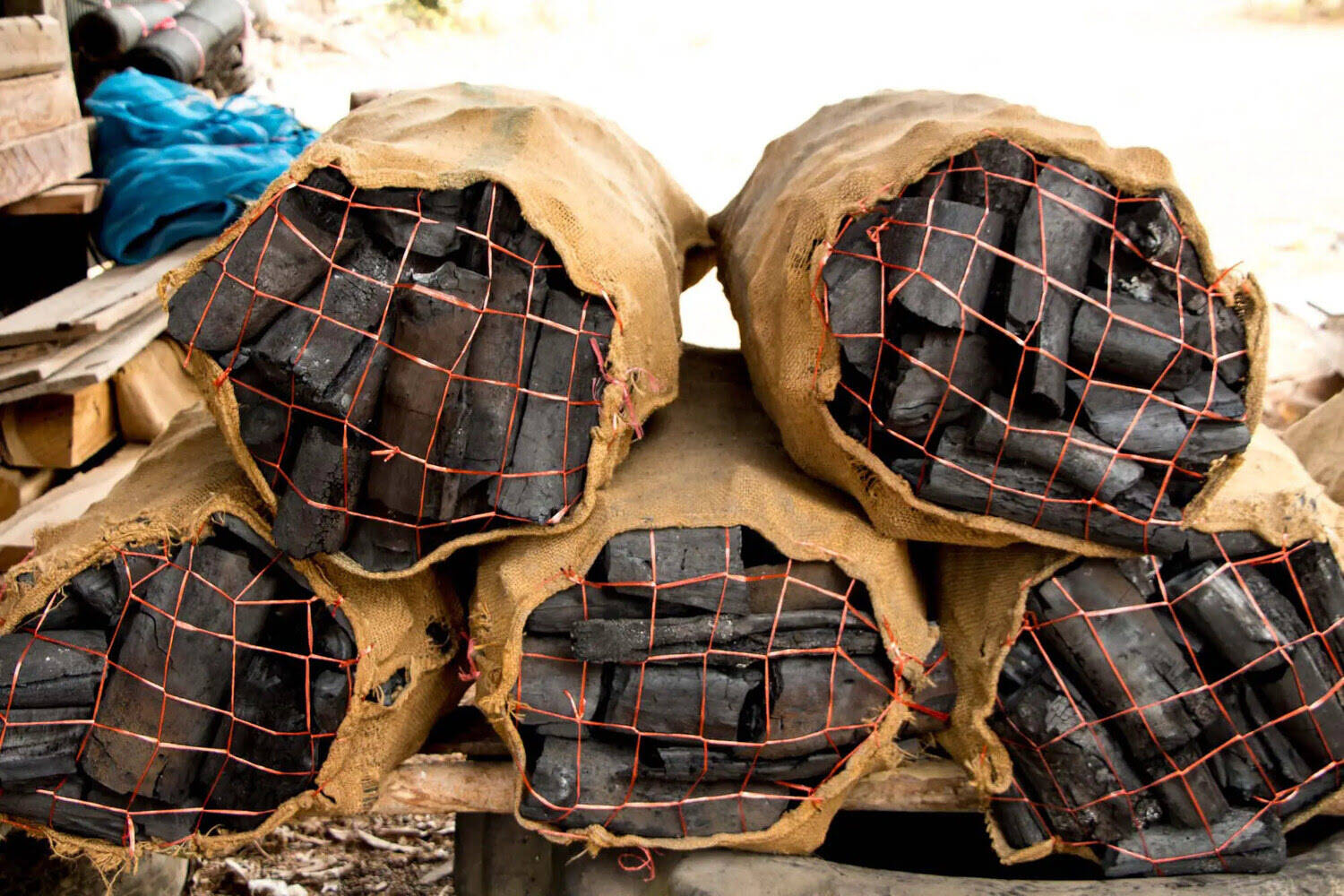
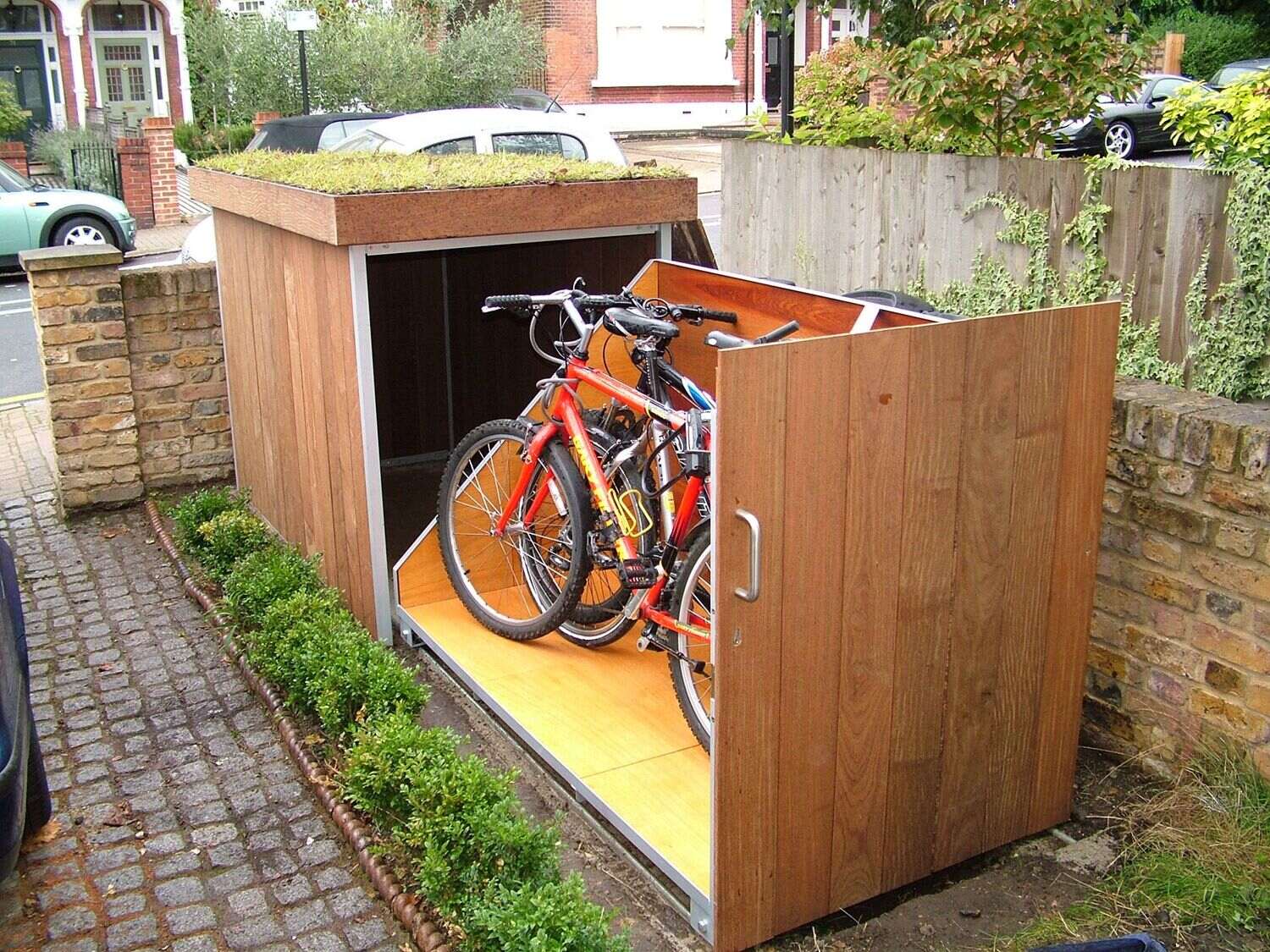
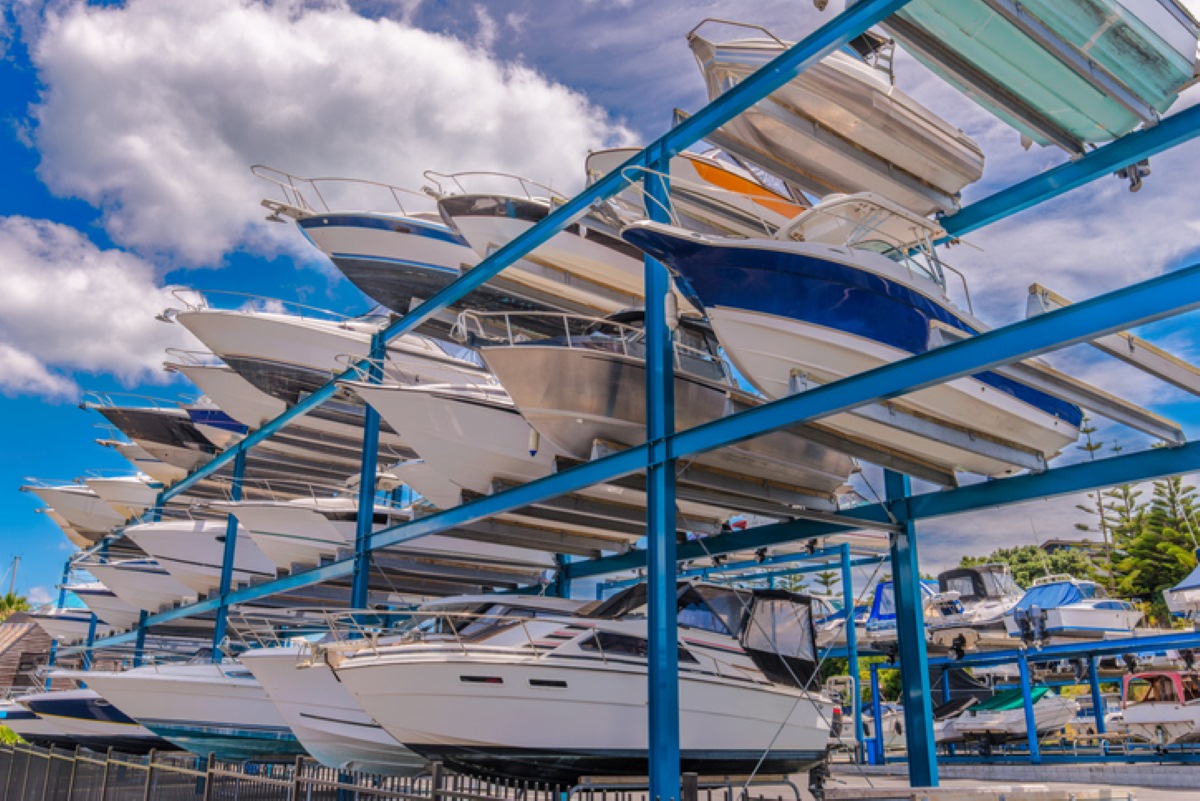
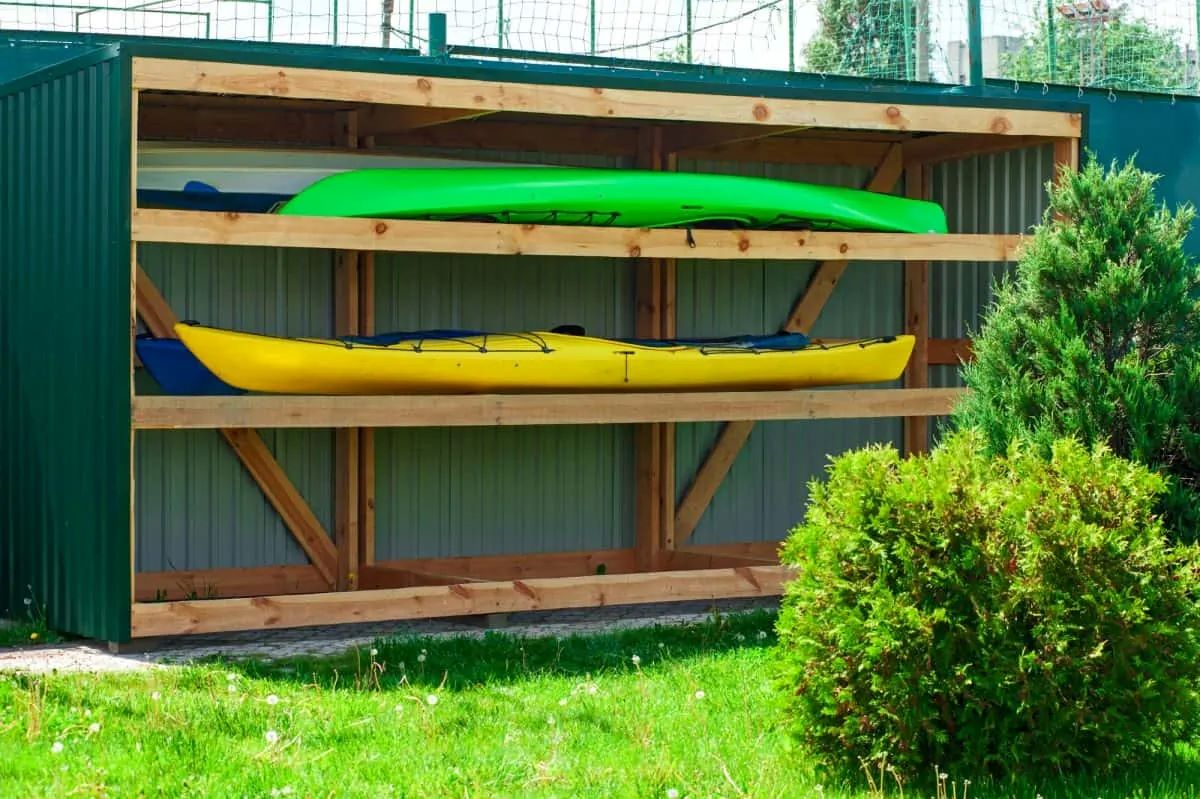
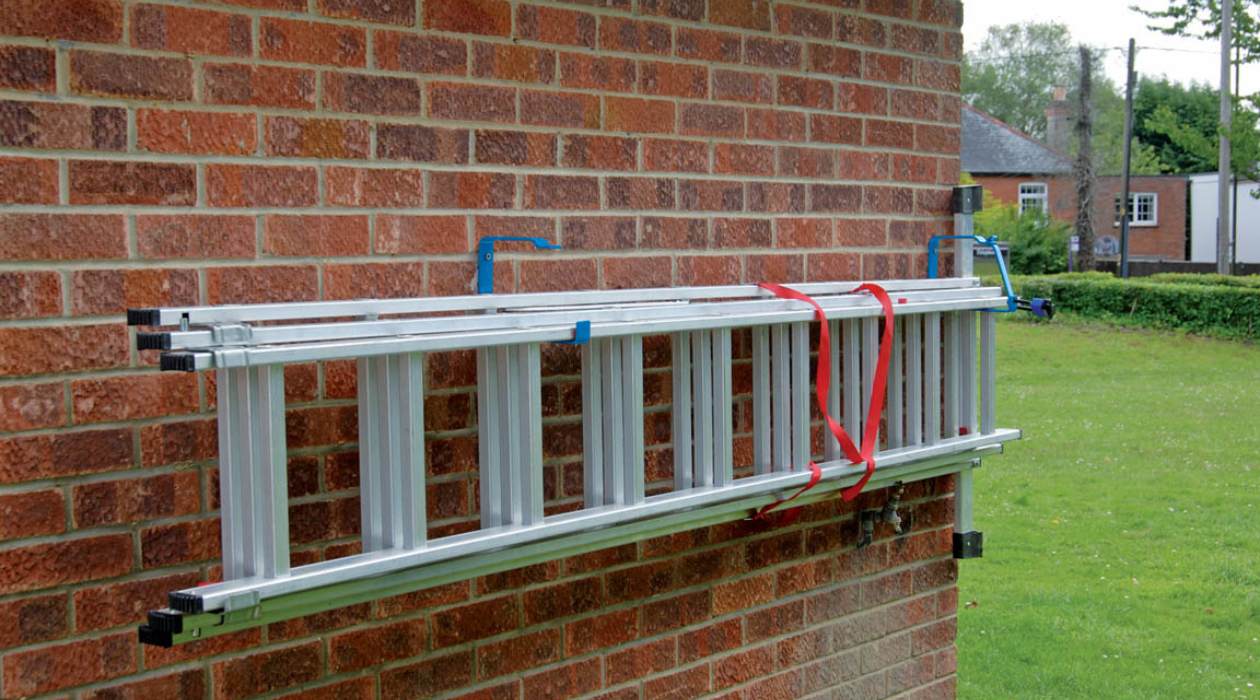
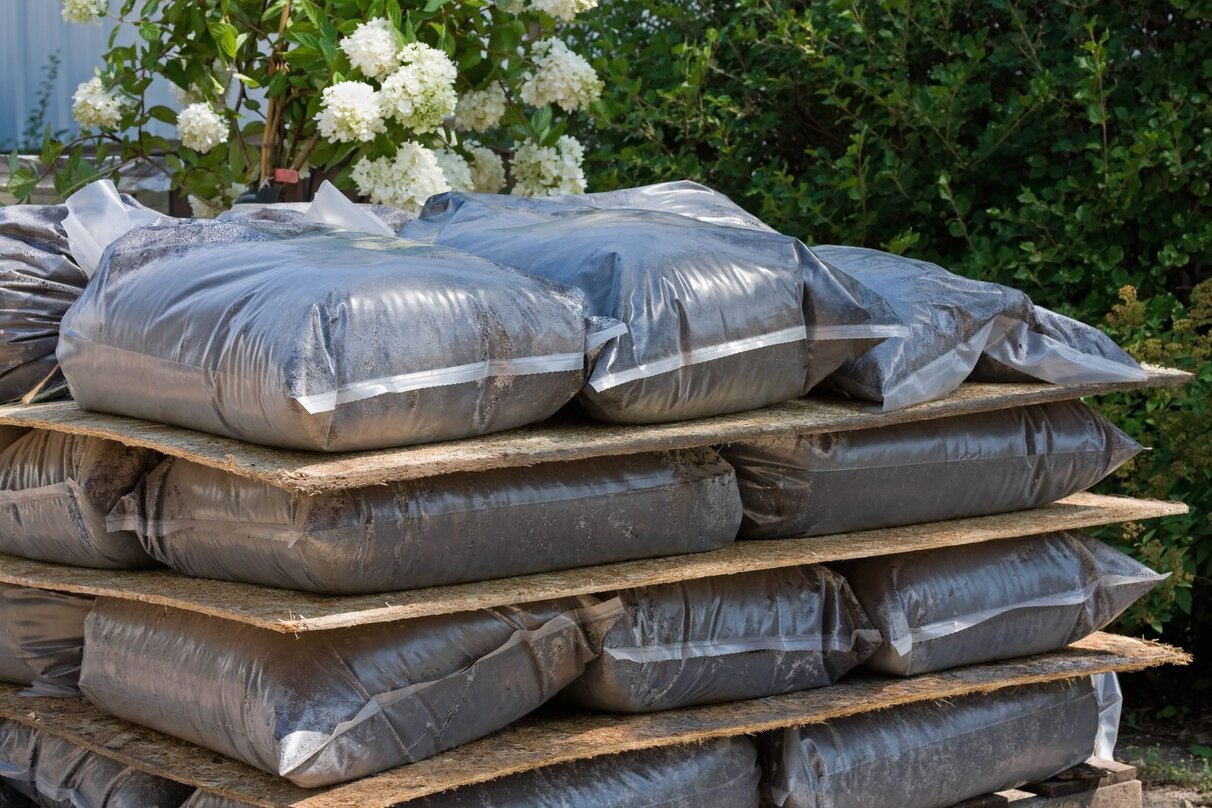
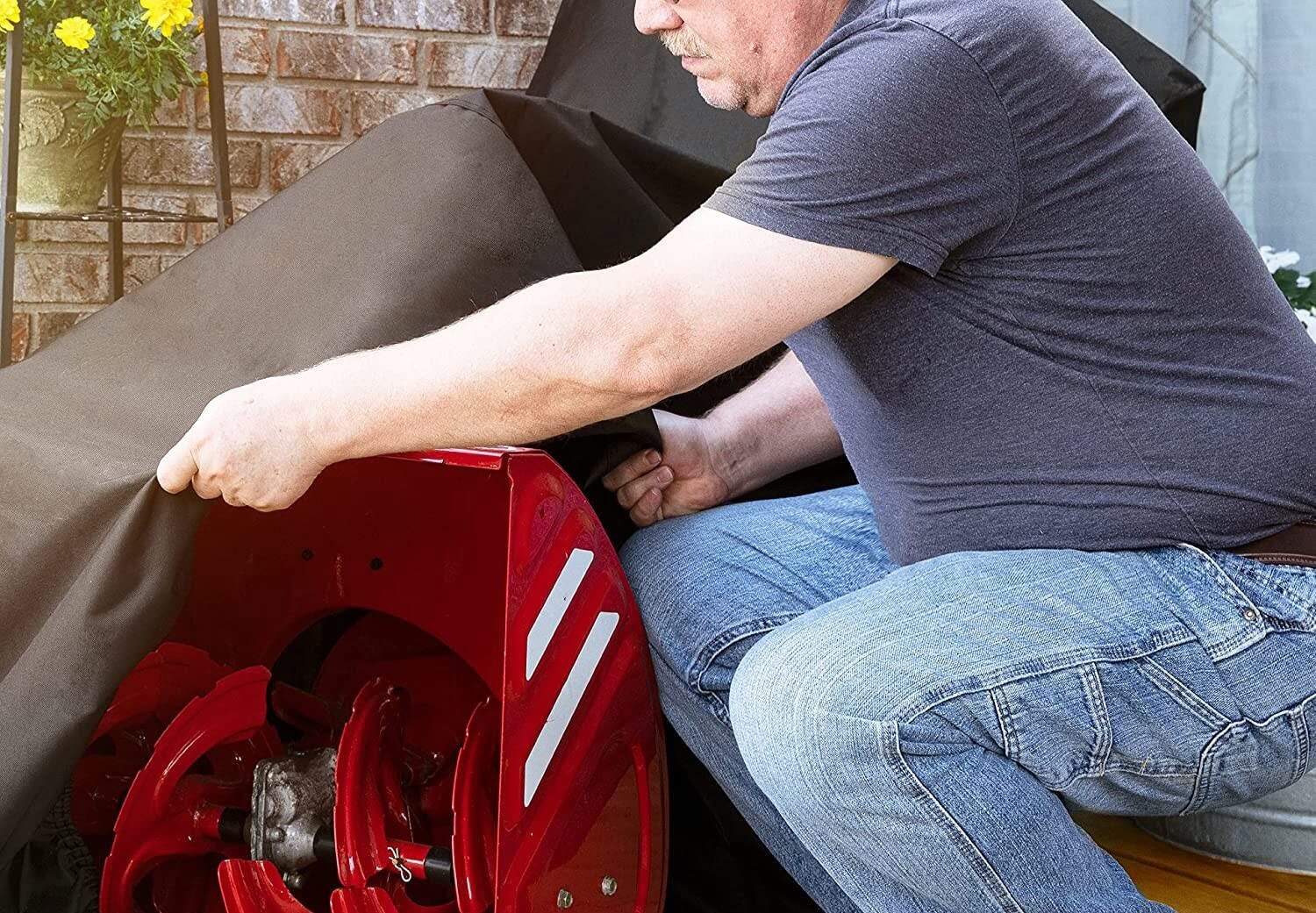
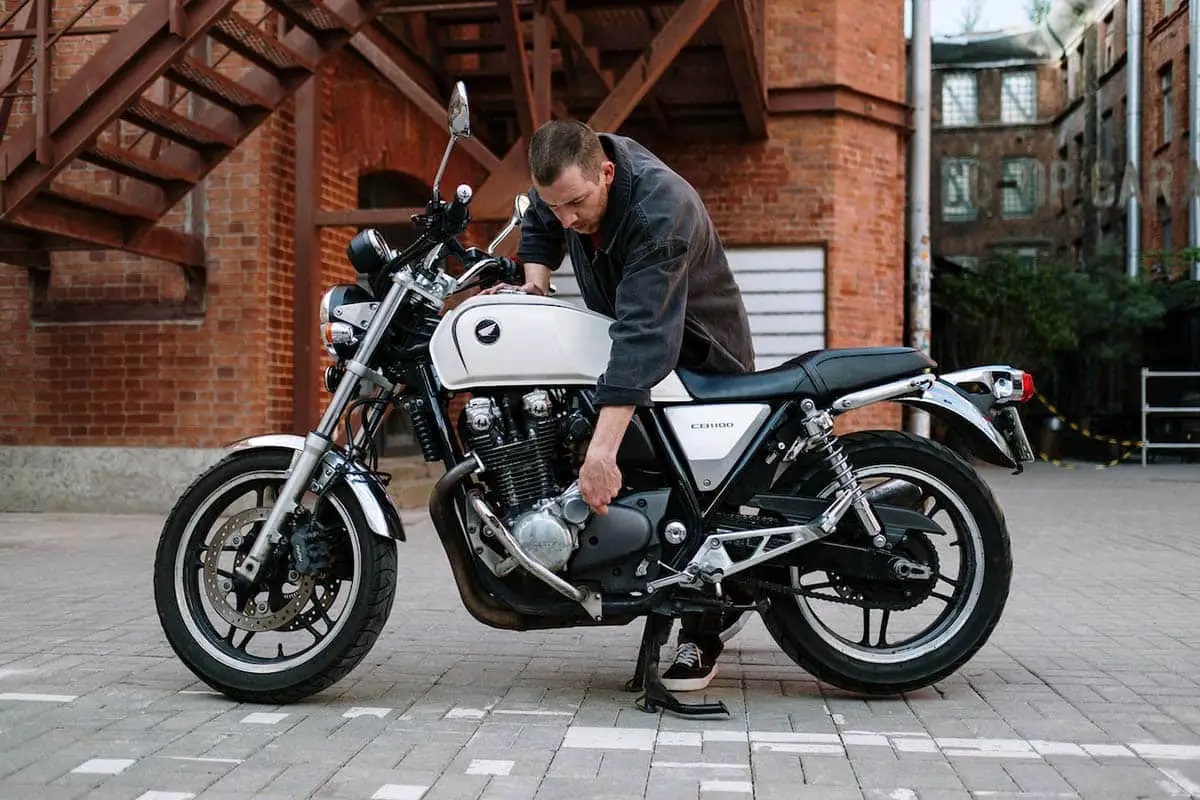
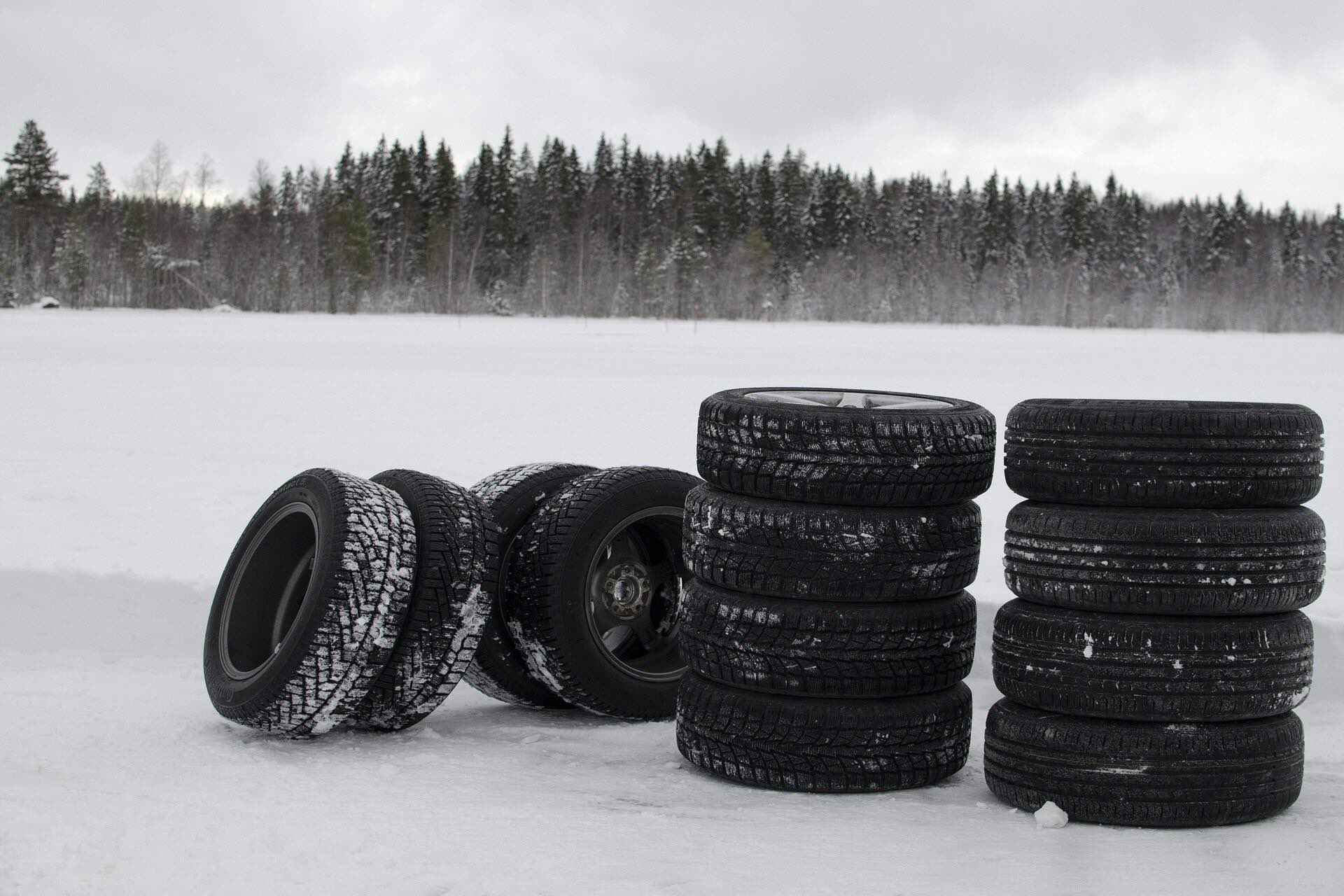
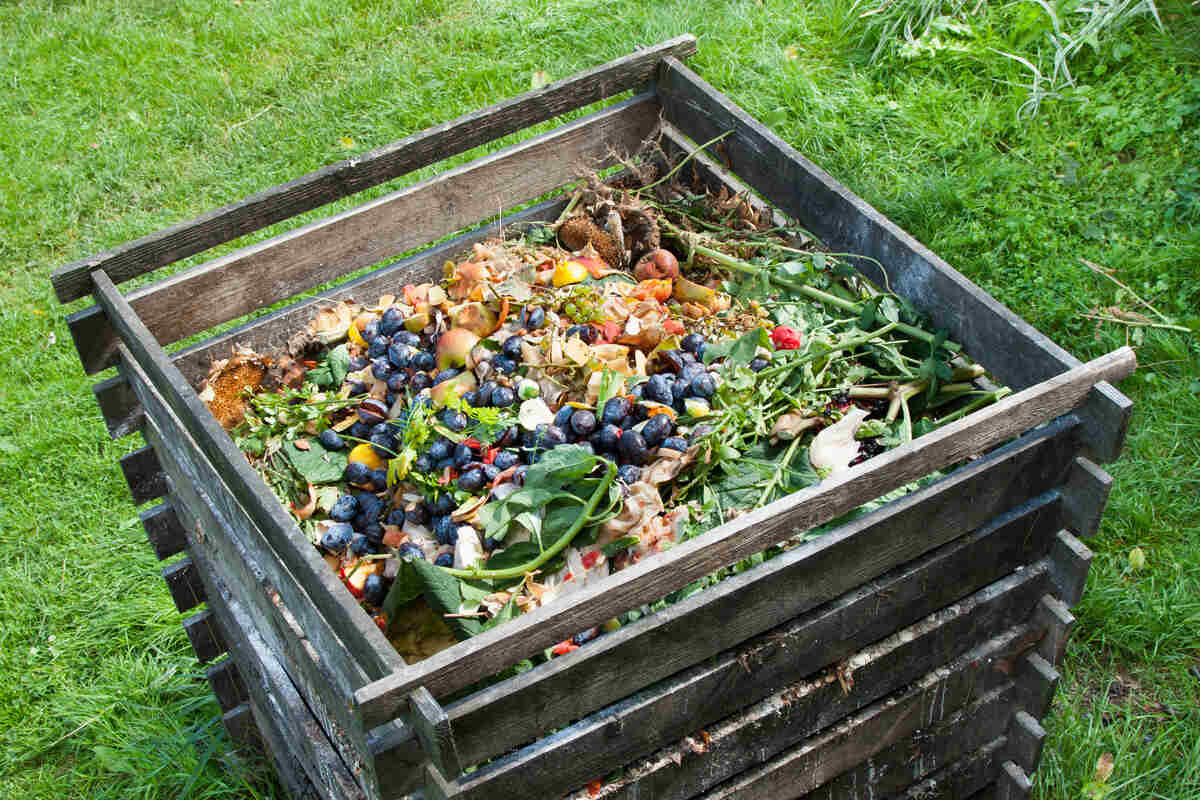
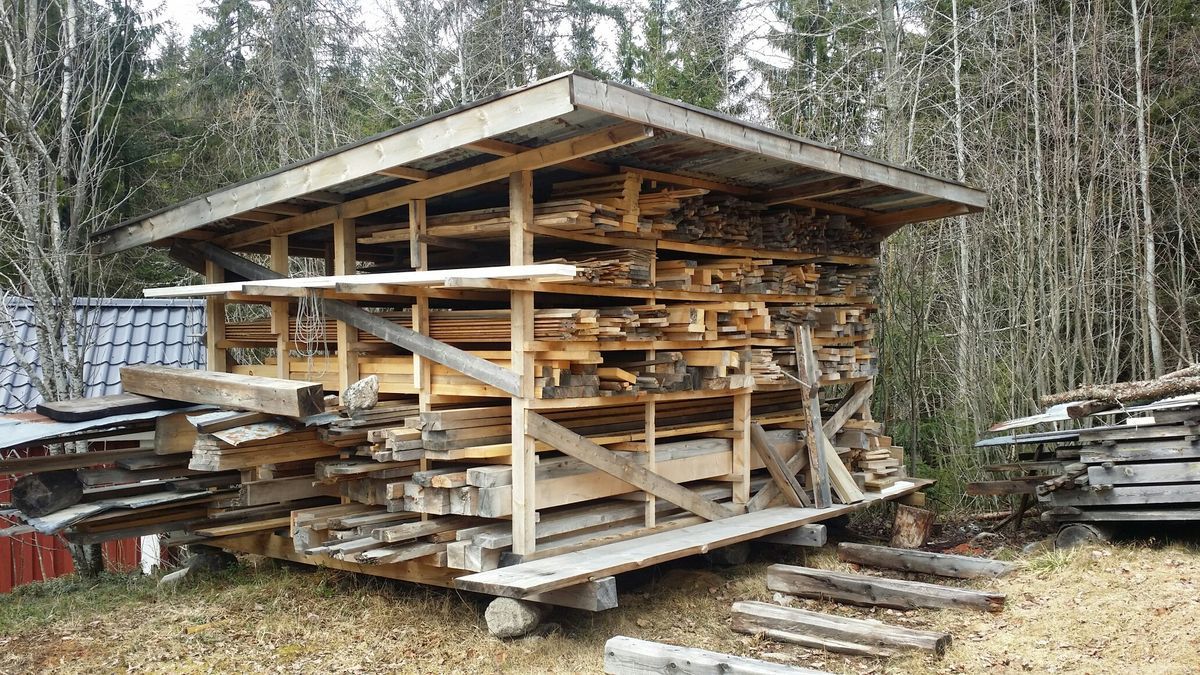
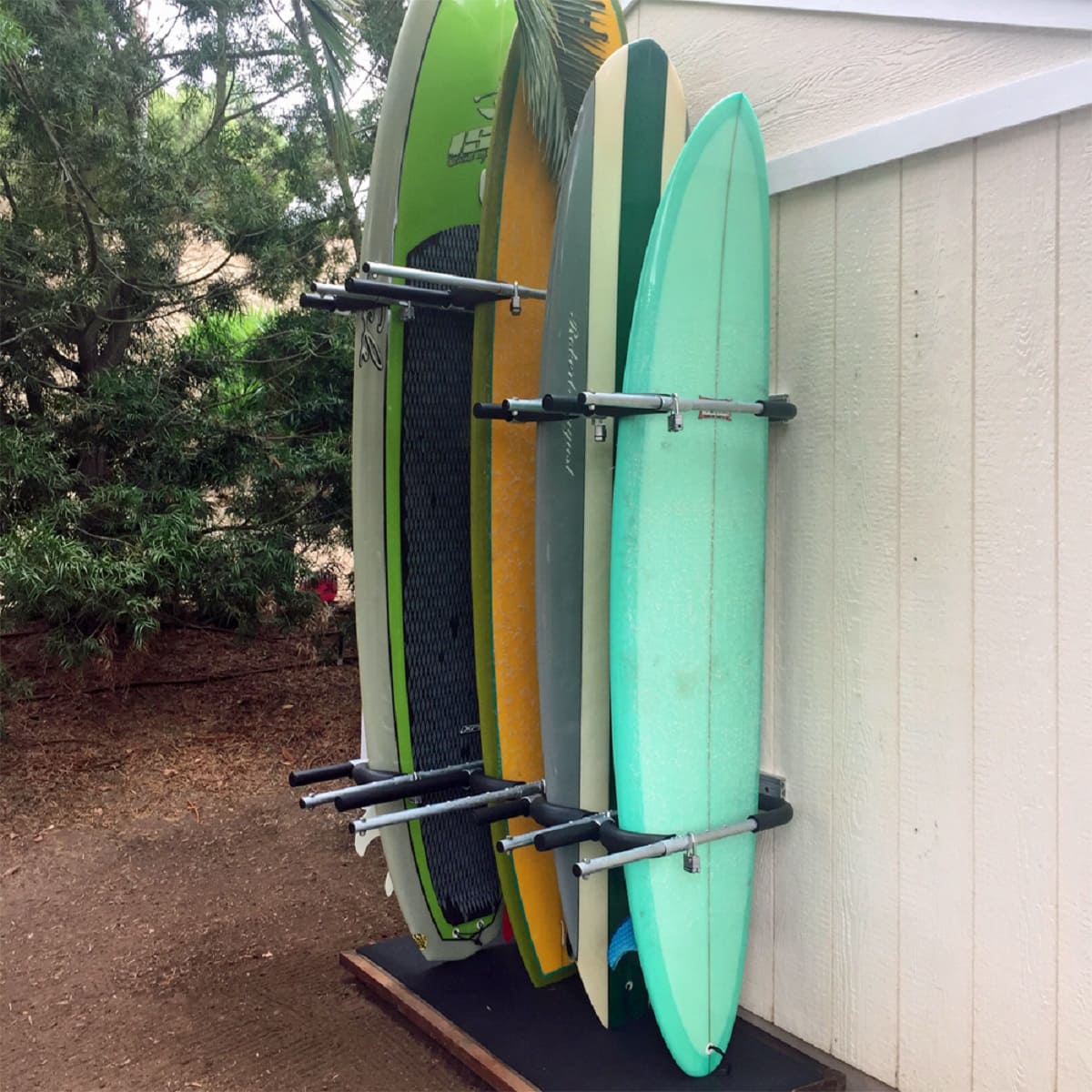
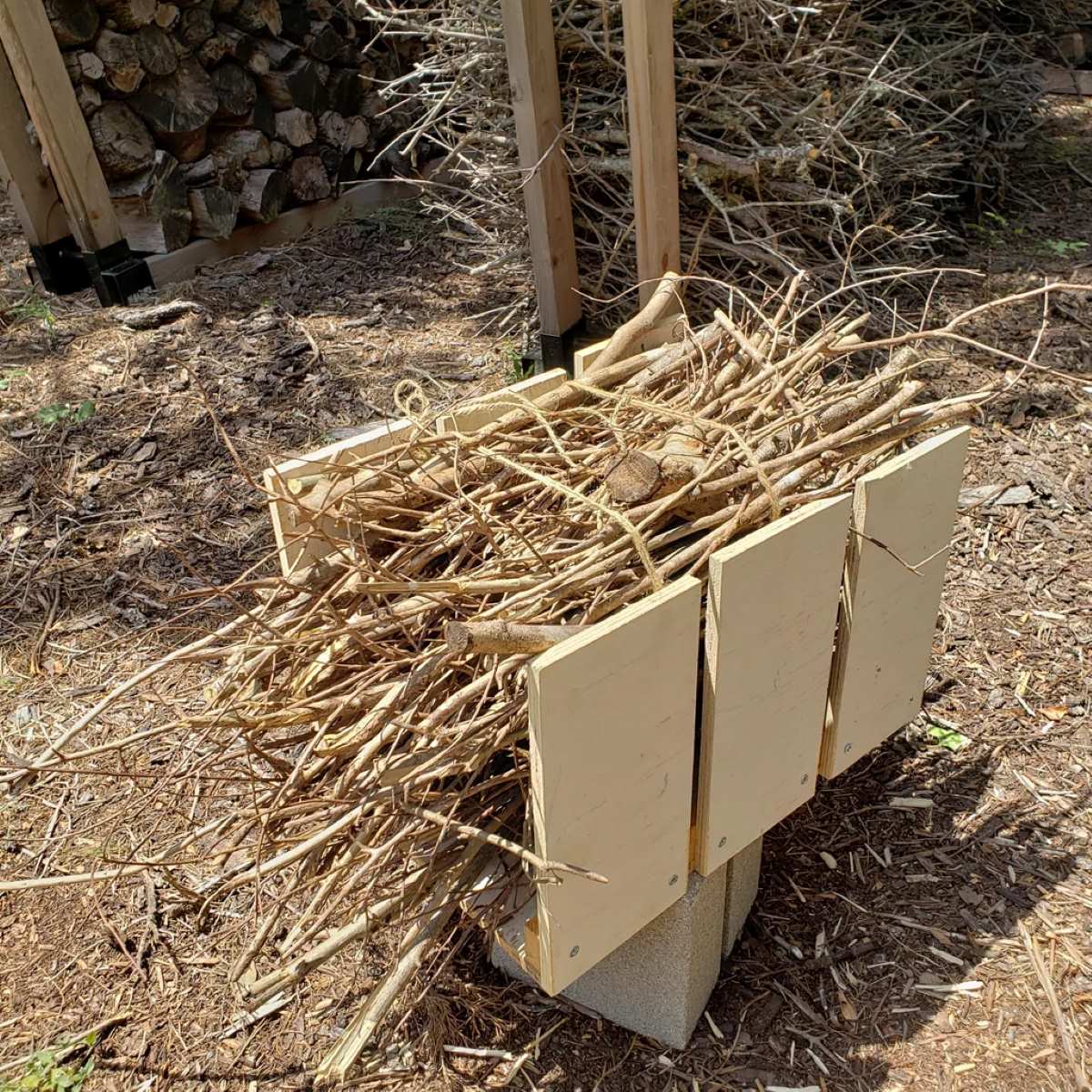
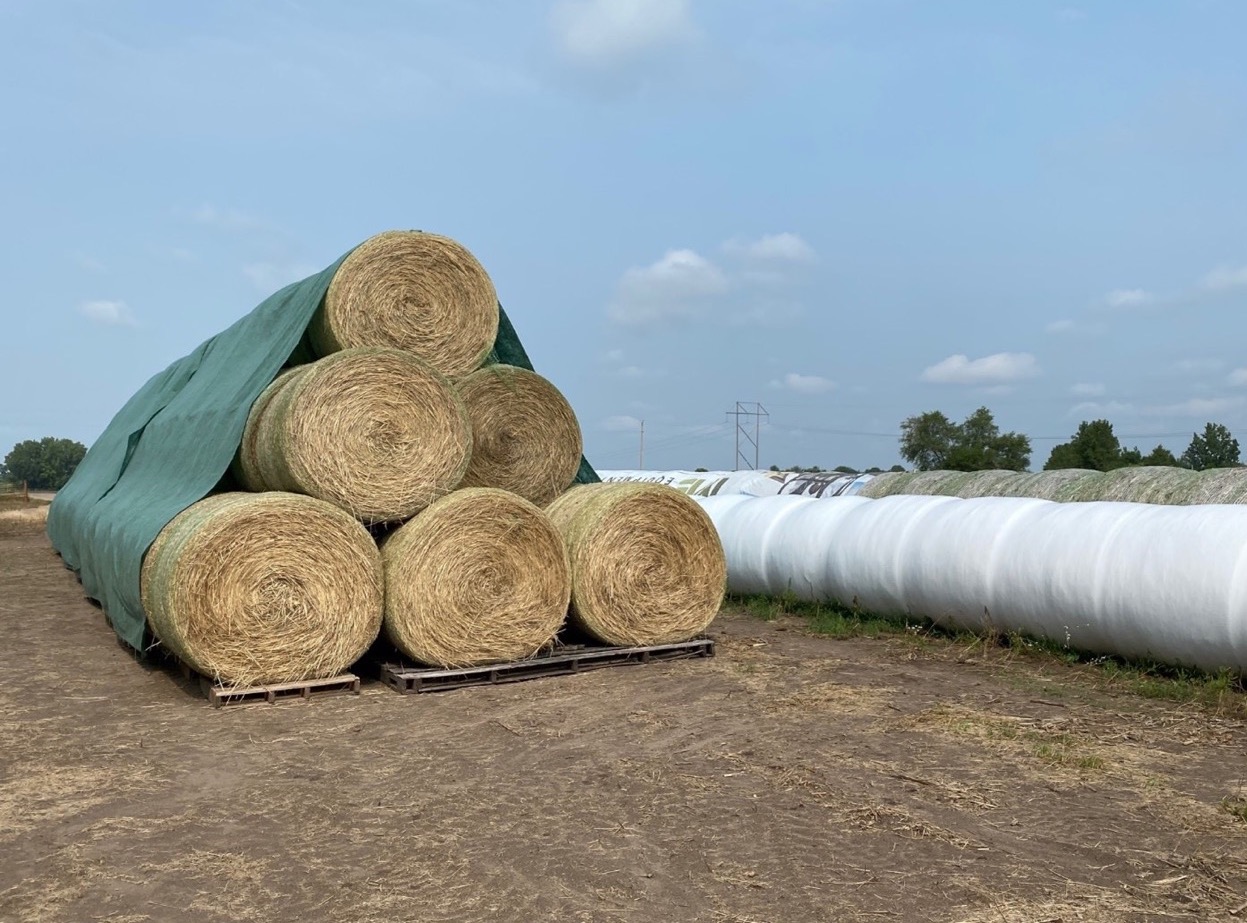

0 thoughts on “How To Store A Grill Outside”